Leica M Monochrom (Typ 246) Review
Leica M Monochrom (Typ 246)
The camera for black-and-white photos only
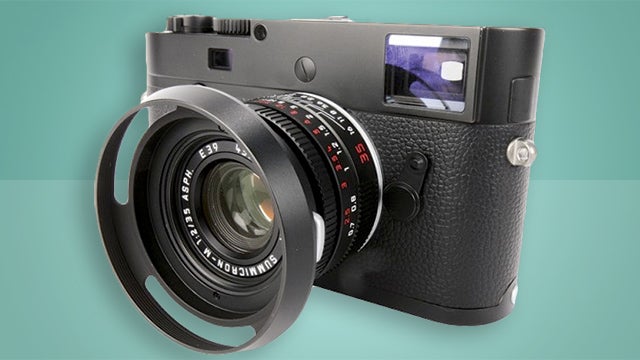
Sections
- Page 1 Leica M Monochrom (Typ 246) Review
- Page 2 Viewfinder, Screen and Features Review
- Page 3 Leica M Monochrom (Typ 246): Image Quality, Video and Verdict Review
Verdict
Pros
- Excellent build quality
- Stunning photos and good high ISO performance
- Great handling
Cons
- No autofocus
- Feature-poor
- High base ISO
Key Specifications
- Review Price: £5750.00
- 24-megapixel full-frame sensor
- ISO 320-25600
- 4fps burst mode
What is the Leica M Monochrom (Typ 246)?
The Leica M Monochrom (Typ 246) is an unusual camera in a number of ways. Top of the list is that it can shoot only black-and-white photos. Next up, it costs £5,750. And finally it’s a rangefinder, which when used alongside the viewfinder, offers a unique way of focusing next to your average CSC or DSLR.
Not totally turned off yet? Good – because there’s plenty of reason to hang around; the Leica M Monochrom (Typ 246) is an amazing camera that can produce photos most other cameras just can’t touch. Not only are Leica’s lenses among the best in the world, the black-and-white sensor creates photos of incredibly high dynamic range and low noise – unless you push the sensitivity too high.
The Leica M Monochrom (Typ 246) certainly isn’t for everyone, but it is quite brilliant.
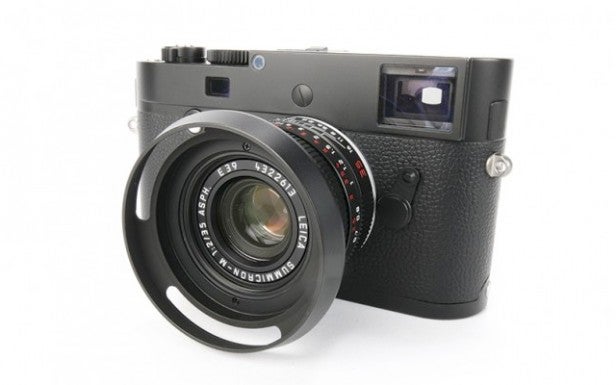
Leica M Monochrom (Typ 246) – Design
One of the main benefits of rangefinder cameras such as the Leica M Monochrom (Typ 246) is that they’re significantly smaller than DSLRs. Both the lenses and camera bodies are smaller, making them a more attractive proposition as a camera to take around with you all day.
Leica has also made the M Monochrom (Typ 246) deliberately low-key. The traditional Leica retro look – which has proved an inspiration to FujiFilm cameras of recent years – remains, but it’s matte black all over and doesn’t even have the familiar eye-catching red Leica logo.
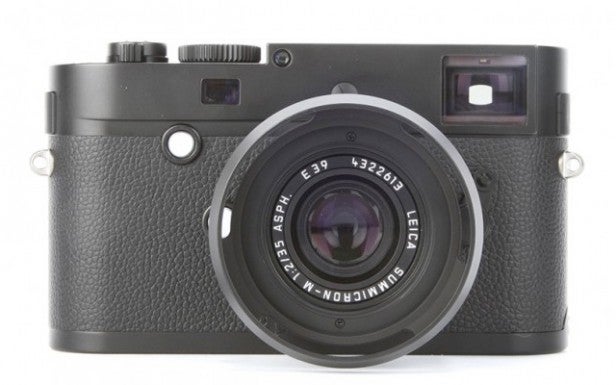
Relatively compact it may be, but the Leica M Monochrom (Typ 246) isn’t light. With a body cast from magnesium alloy and heavy brass plates used for the top plate and bottom part of the camera, it’s no surprise the M Monochrom (Typ 246) weighs 680g without a lens. This isn’t much lighter than a high-end DSLR such as the Nikon D750, which weighs 750g without the add-ons.
For most, however, the lesser bulk will be of greater value, as will the incredibly good construction, which makes this feel like a camera that will easily outlast you. As you’d hope for at £5,750.
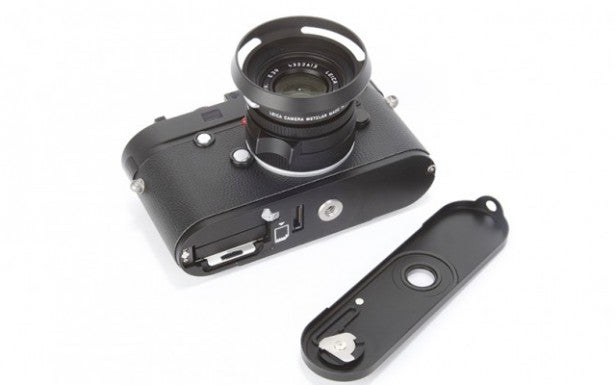
Leica M Monochrom (Typ 246) – Handling and Control
The Leica M Monochrom (Typ 246) has a very classic Leica feel in terms of handling and control. Its body is chunkier than compact cameras and most CSCs, providing plenty to hold onto without the need for an explicit grip. The part of the body your hands rest on has a high-friction leather-effect finish, so you never feel as though you’re going to drop the camera.
While clearly intended for serious photographers wanting to embrace manual control, the Leica M Monochrom (Typ 246)’s layout is fairly simple. Up on the top plate is a shutter speed dial, alongside a video-record button and the power/drive switch. All feel built to last.
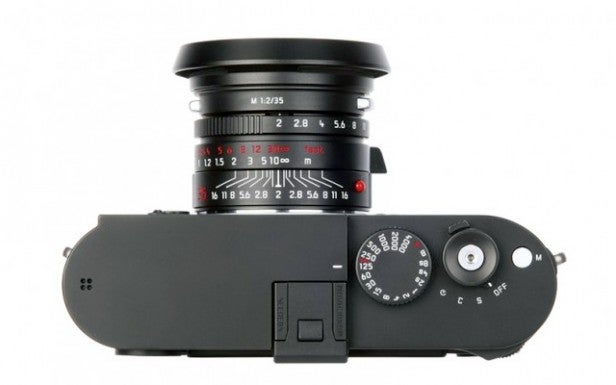
On the rear of the camera you’ll find an additional control dial, a D-pad and the six buttons that control the rest of the Leica M Monochrom (Typ 246)’s features. This control style is a big part of the camera’s appeal. It gives you a sense of having very direct, immediate control over what you’re shooting.
Aperture and focusing control are left to Leica’s lenses. Dials for both fit on all of Leica’s M-series lenses, which start at around £1,800 and rocket up to around £5,000. So you’re looking at a total cost of around £8,000 for the camera and one lens. It’s serious stuff.

